Former Tsumago Sub-branch Office of the Imperial Finance Bureau
After seeing the Momosuke-bashi Bridge in Nagiso Town, I visited the Museum of the History of Kiso Forestry.
This building was originally built as the Tsumago Sub-branch Office of the Imperial Finance Bureau.
After being moved twice, it is now open to the public as a museum.
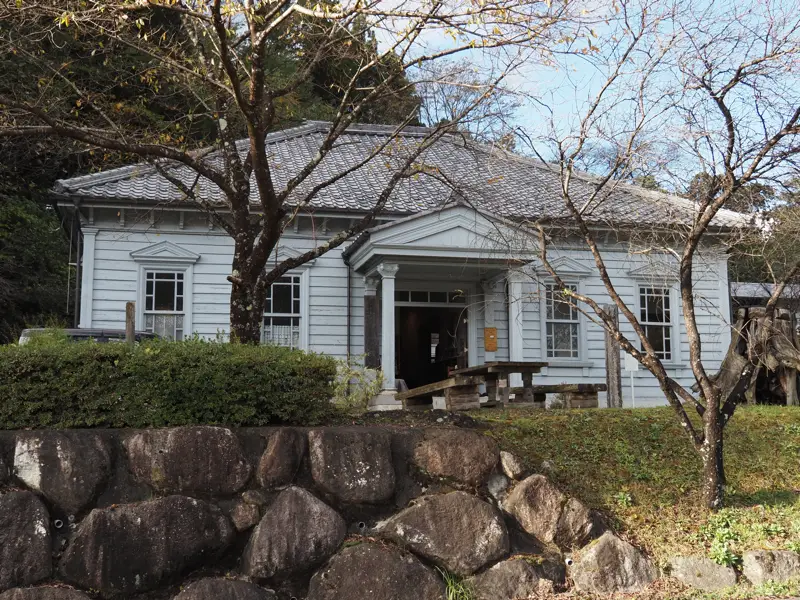
The Imperial Finance Bureau was established in 1885 to manage the imperial properties.
In 1889, the government forests of Kiso were incorporated into the Imperial Forest, and at the same time, the Tsumago Forestry Office of Kiso Branch of Imperial Finance Bureau was established to manage the Imperial Forest in southern Kiso.
Within six months of its establishment, Tsumago Forestry Office was renamed the Tsumago Sub-branch Office of the Kiso Branch of the Imperial Finance Bureau.
In 1892, it was reorganized below the Nagoya Branch of the Imperial Finance Bureau.
Since this building was constructed in 1900, it would be more accurate to refer to it as the “former Tsumago Sub-branch of Nagoya Branch of the Imperial Finance Bureau” based on when it was built.
However, in 1903, the building again came under the jurisdiction of the Kiso Branch, so this building was included in the Nagoya Branch for only about three years.
In this article, I have written “Tsumago Sub-branch Office of the Imperial Finance Bureau” because many documents from that time omit the branch name.
The Tsumago Sub-branch was built in its place after the dismantling of the Tsumago main camp. (The current Tsumago Main Camp was reconstructed based on plans from the Edo period.)
Later, in 1908, the Imperial Finance Bureau changed its name to the Imperial Forestry Administration Bureau, and in 1924 to the Imperial Forestry Bureau, but it continued to exist as the Tsumago Sub-branch Office.
Thirty years after its construction, the building was noticeably dilapidated and the lighting was inadequate, so the head of the branch office at the time requested that it be reconstructed.
In 1933, the Tsumago Sub-branch Office was reconstructed.
The old building was dismantled and moved to Azuma-bashi Bridge (on the opposite bank of the Yomikaki Power Station, near the current confluence of Routes 19 and 256) and used as a private residence.
In 1986, the owner donated the house to the town of Nagiso when he was forced to leave due to improvements to the national road intersection, and dismantled it and stored its parts for a while.
In 1990, it was restored as part of the Tenpaku Park development project, and is now a museum called Museum of History of Kiso Forestry.
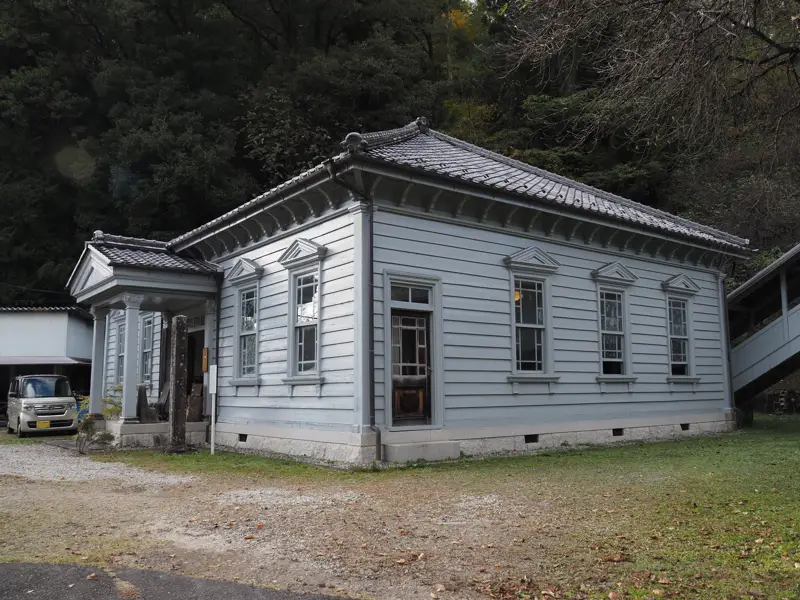
Since it was possible to take pictures inside the museum, photos of the interior are also included.
This is a brick foundation from the time when Tsumago sub-branch was built. A part of it has been excavated and displayed here, but most of it has been preserved in the ground.
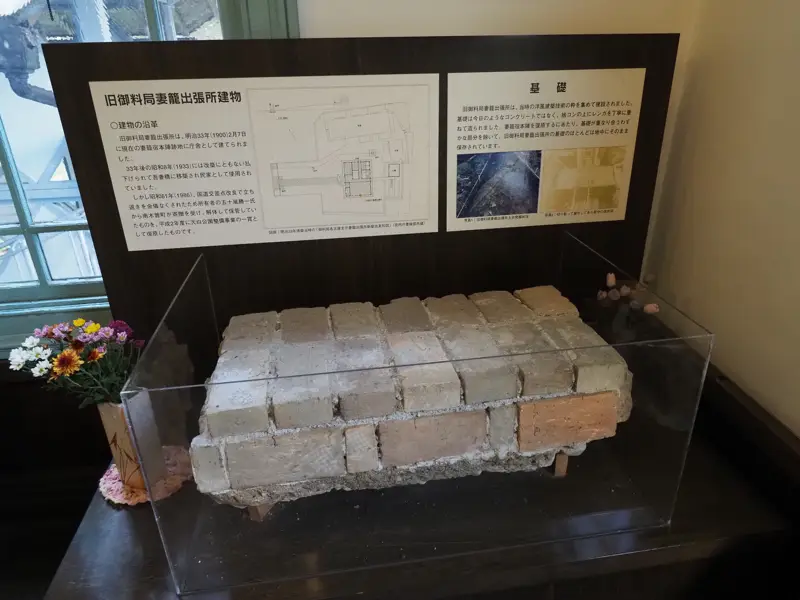
Turning left down the corridor, there is a lodging room on the left and a maintenance man’s room on the right.
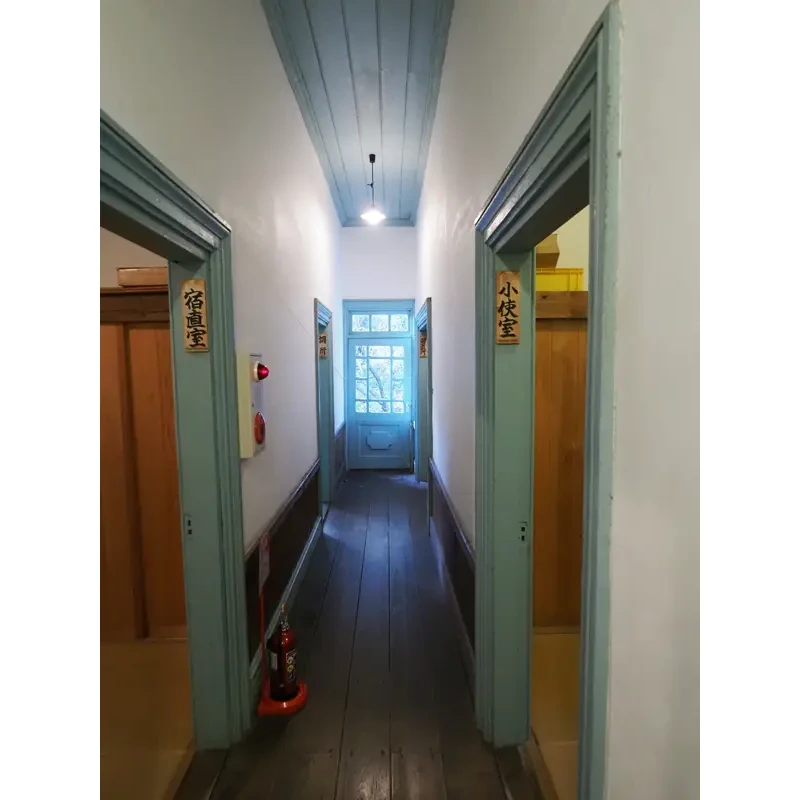
To my surprise, there was a detention room at the end of the corridor.
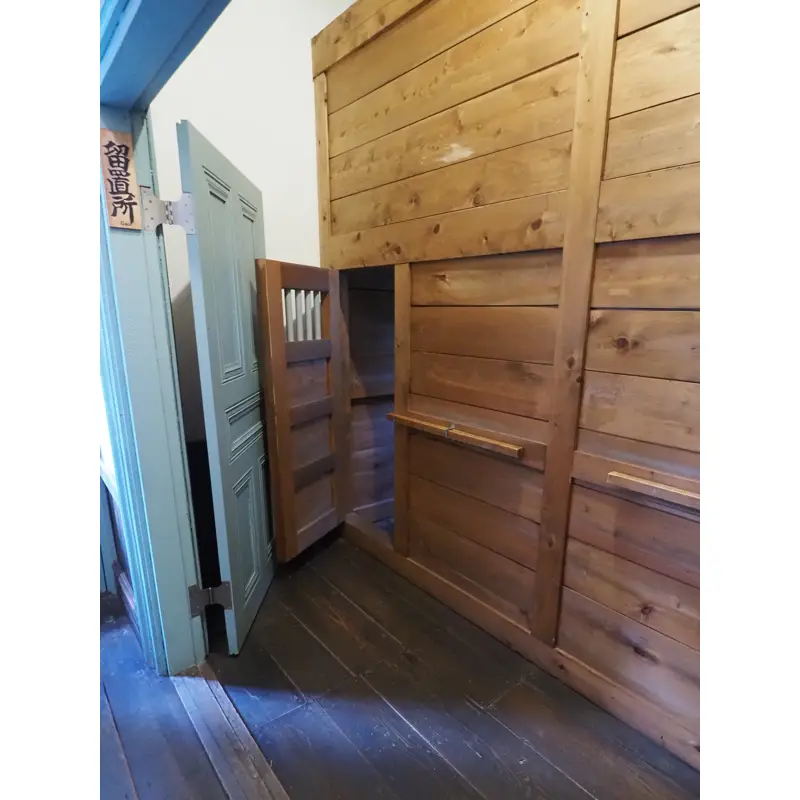
When managing the Imperial Forest, there were times when investigations were conducted into, for example, secret felling of tree. According to the records of the time, the Tsumago sub-branch office, along with the police, conducted investigations, captured suspects, and detained them. It seems that there were cases where suspects were detained both at the police station and at the Tsumago sub-branch.
The word “secret felling of tree” may sound like a crime, but some of the fellings were apparently protests against the government. The Meiji government had designated forests also that should have belonged to local residents as imperial forests, and the residents resisted the government by logging and other means.
As a result of negotiations, money has been paid to the county under the name of “Imperial bounty” since 1905.
This is the back side of the government building. The window with bars on the right side is the detention room.
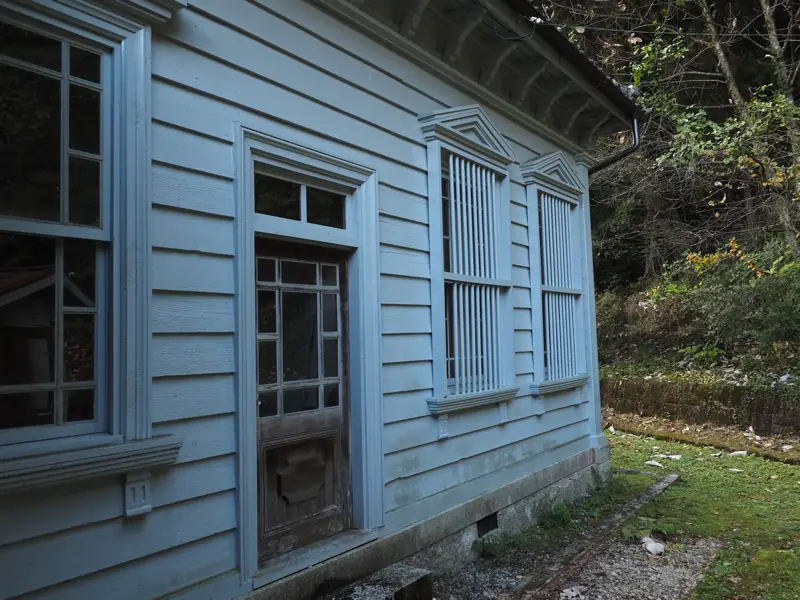
A passageway is located behind the museum, connecting it to the Momosuke Fukuzawa Memorial Museum. Visitors are only allowed to enter the Momosuke Memorial Museum from the Museum of History of Kiso Forestry. (More on the Momosuke Memorial Museum another time.)
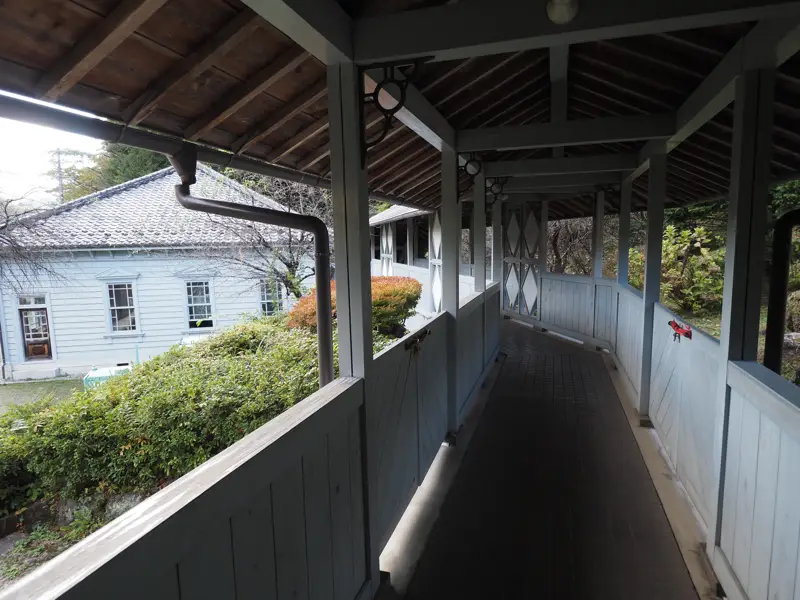
In front of the corridor, a locomotive of the Forest Railway is on display.
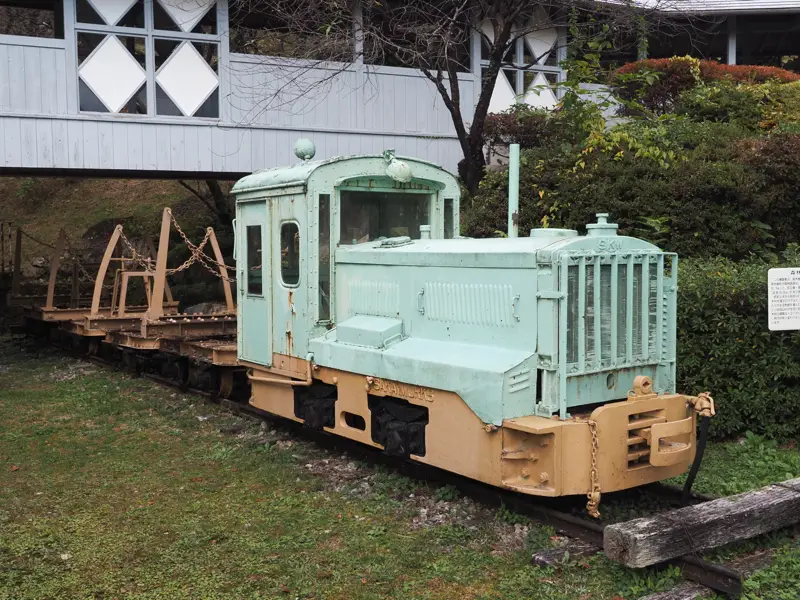
The locomotive was operated in the national forest in Nagiso Town. In the area, the forest railroad had three main lines and four branch lines with a total length of 69.7 km, and operated from 1927 to 1967.
This photo shows the “Imperial Bounty Memorial Monument” erected next to the entrance.
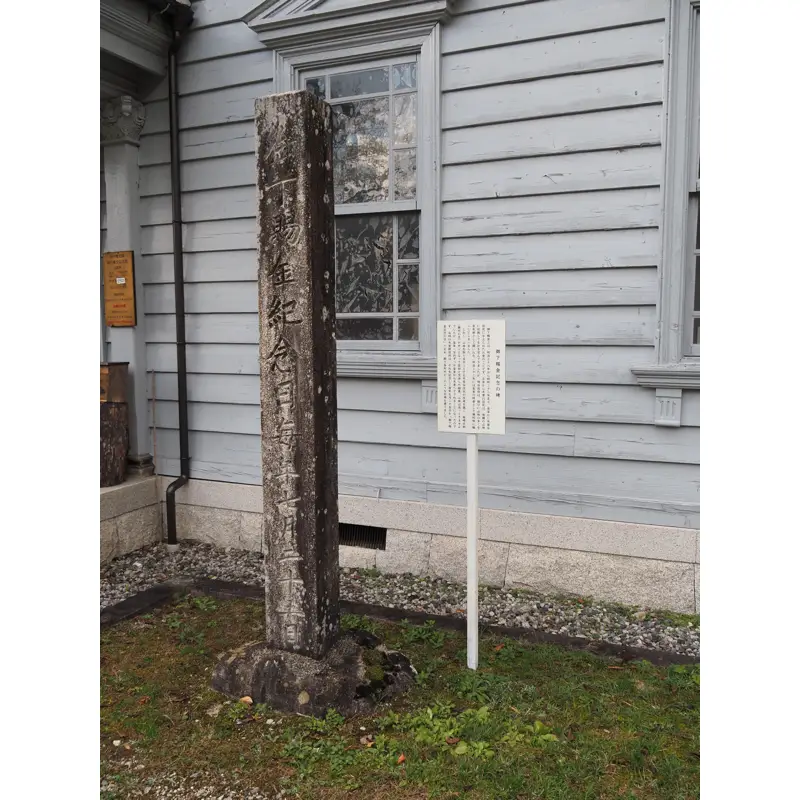
This monument was erected to commemorate the decision of the Imperial bounty mentioned earlier. The Imperial bounty lasted from 1905 to 1947.
On the front of the monument is written “The Imperial bounty Anniversaries, July 25 of each year".
To make it easier to locate the monument, I posted a photo of the entrance is also included.
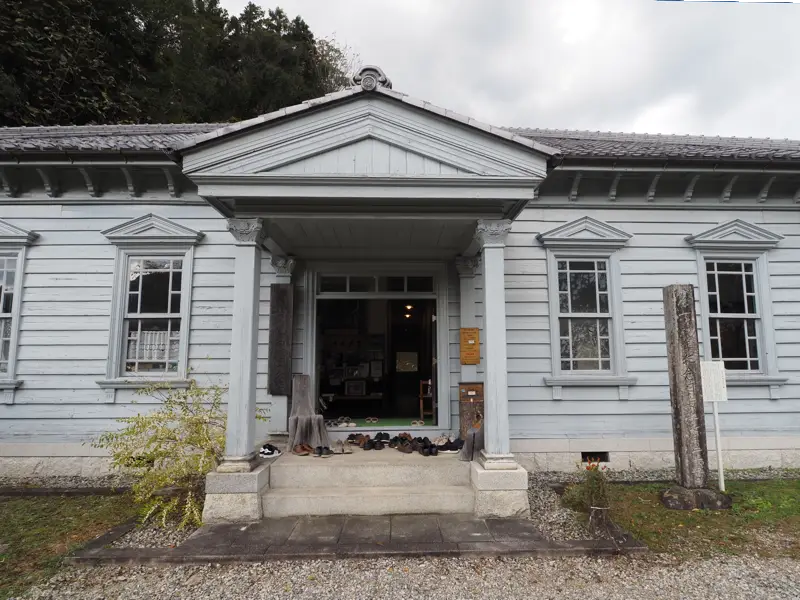
Admission to both the Museum of History of Kiso Forestry and the Momosuke Fukuzawa Memorial Museum is 500 yen for the two museums as a set.
The museum is closed from December to March. (Closed on Wednesdays in spring, summer, and fall.)
[Reference]
“Kiso Imperial forest case negotiations record", by Hirosuke Shimazaki, edited by Keiichiro Aoki (Shinsei-sha, 1968).
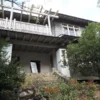
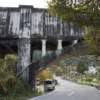
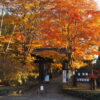
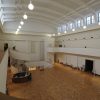
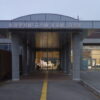
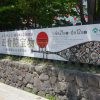
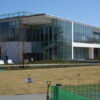
Discussion
New Comments
No comments yet. Be the first one!